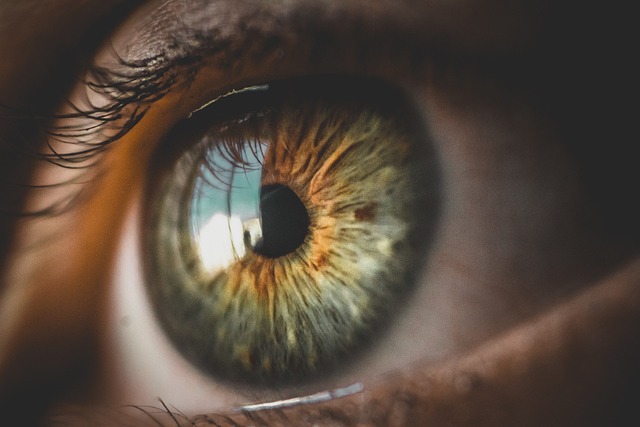
Dry eye disease occurs in individuals whose tear quality or production is inadequate. For instance, your body may not have enough tears to lubricate the eyes, or they may evaporate too quickly. Dry eye disease can also develop when your tears don’t contain the correct amount of each essential component.
Symptoms of dry eye disease vary from one patient to the next. Commonly experienced symptoms include:
- Stinging, burning, or scratchy sensation
- Blurred vision
- Eye fatigue
- Red eyes
- Sensitivity to light
- Difficulty wearing contacts
- Mucus around the eye
- Feeling like something is inside the eye
- Inflammation
Tears play a critical role in protecting your eyes from debris and infection. Therefore, it’s essential to seek treatment for your dry eye symptoms, even if they seem mild.
The Tear Film
The tear film consists of three vital layers: lipid, aqueous, and mucin. Each is equally important in keeping your eyes lubricated and healthy.
- The outer lipid layer consists of oils produced by the meibomian glands. They work to stabilize the tear film, prevent tears from evaporating quickly, and lubricate the inside surface of the eyes.
- The middle aqueous layer, produced by the lacrimal glands, is a watery substance containing essential nutrients. Its primary function is to moisten the eyes.
- The inner mucus layer has one primary component – mucin – that helps distribute tears evenly and ensures stability.
Why Are Tears Important?
Every time you blink, tears spread across the cornea or outer surface of the eye. The film begins to thin after a few seconds but should retain moisture on the eye until you blink again. This cycle continues to keep your eyes healthy and well-lubricated.
Tears are essential because they perform the following necessary functions:
- Lubricating the cornea to prevent dryness
- Enabling proper vision by helping focus light
- Protecting the eyes by removing dirt and other irritants
- Delivering oxygen and other nutrients to nourish the eyes
- Promoting healing from eye injuries
- Preventing infection from a bacterial enzyme

The Complications of Untreated Dry Eyes
When tears don’t perform their necessary functions, dry eyes result. Several treatments are available depending on the root cause and symptoms. However, untreated dry eyes can lead to further complications, such as:
- Blurred vision
- Corneal abrasions or ulcers
- Eye inflammation
- Eye infections
Blurred Vision
One of the first noticeable complications of untreated dry eyes is blurred vision. An inadequate tear film lowers the cornea’s ability to focus light on the lens, resulting in difficulty seeing clearly.
Often, patients believe that their blurry vision requires changing their current contact or eyeglasses prescription. As a result, not effectively treating the root cause can worsen their blurred vision or create double vision, making it difficult to read or drive. Work performance and concentration can also suffer.
Corneal Abrasions or Ulcers
Tears are responsible for flushing away physical irritants such as dirt and dust. However, a lack of lubrication can cause these irritants to reach the eye’s outer layer. When this occurs, corneal abrasions, or slight scratches on the eye’s surface, are the probable result.
An infection can develop if bacteria reach the scratch, causing corneal ulcers. Antibiotics can treat these open sores on the eye’s surface but have devastating effects if left untreated. The ulcers can spread, scarring the eyeball and causing partial or complete vision loss.
Eye Inflammation
Inflammation in parts of the eye, such as the tear glands, can cause dry eye symptoms. The corneal damage from inadequate tear supply causes further inflammation and worsens dry eye symptoms. As a result, patients suffer from a vicious cycle.
Eye Infection
The eyes’ health is at risk when insufficient tears fail to provide enough oxygen or other vital nutrients. Decreased oxygen can cause an infection in the cornea or the development of abnormal blood vessels that interfere with vision.
Infections are likely to occur as the corneal surface remains dry. It can thin and scar over time, leading to possible tears. Any issue related to the cornea can cause permanent damage and vision loss.
Receive Professional Care for Your Untreated Dry Eyes
Although there is no cure for dry eye disease, the symptoms are manageable and treatable. At the Dry Eye Institute of St. Louis, we specialize in diagnosing and treating dry eye disease. Our dry eye specialists seek to identify the underlying root cause of your symptoms and implement a personalized treatment plan accordingly.
Even if your symptoms seem mild, don’t let untreated dry eyes cause complications. Take our dry eye survey and schedule an appointment with Dr. Bourn or Dr. Weis at our dry eye treatment center today!
